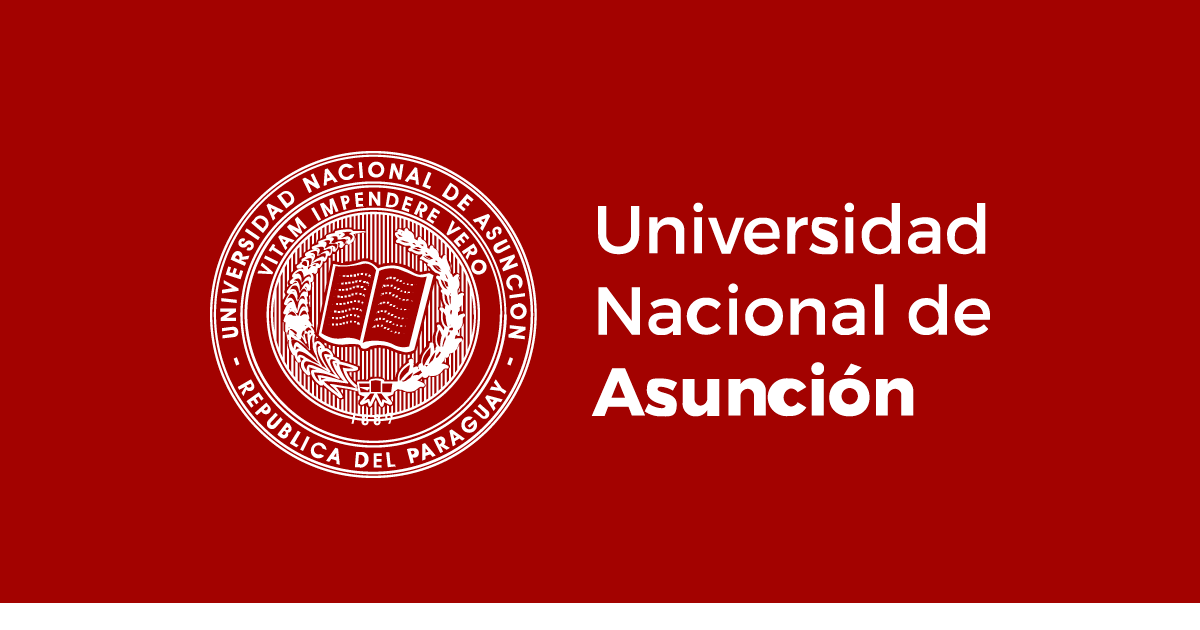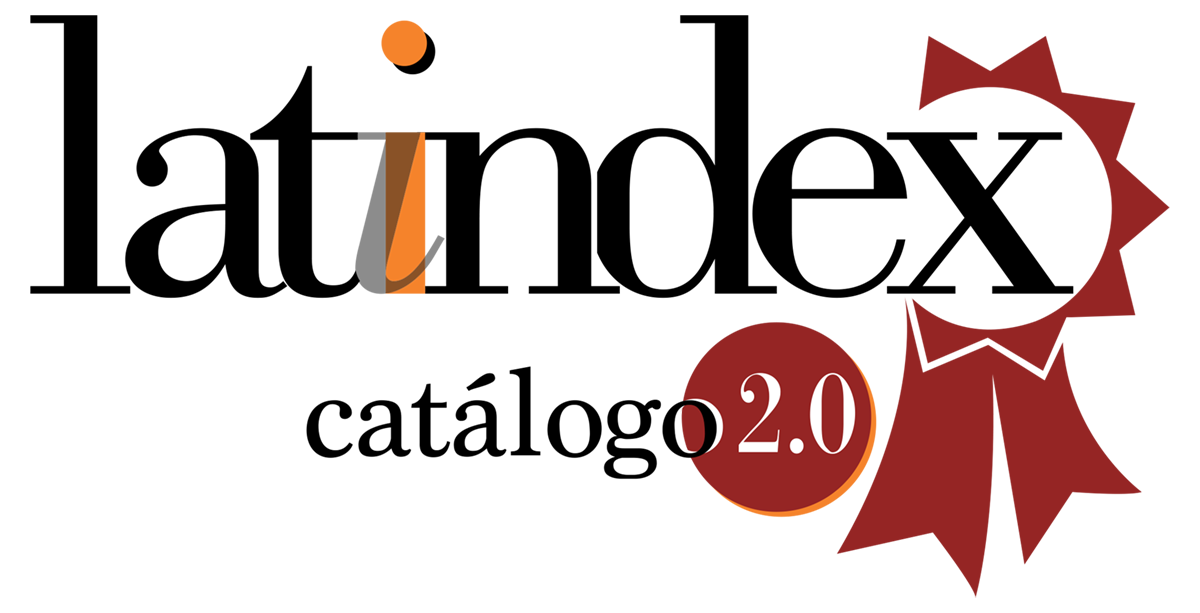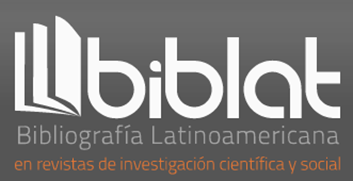Efecto de la aplicación foliar de extractos de estevia y de microorganismos sobre el rendimiento de sandía var. Crimson Sweet
DOI:
https://doi.org/10.57201/IEUNA2313206Palabras clave:
Citrullus lanatus, Lactobacillus, Saccharomyces, Stevia rebaudiana, Streptomyces scabiesResumen
Se realizó el experimento en Itacurubí de la Cordillera, Paraguay, desde julio de 2021 a enero de 2022, donde se evaluó el efecto de la aplicación foliar de un extracto de estevia (Stevia rebaudiana Bertoni) y de un bioestimulante comercial formulado con agua y miel conteniendo 4,05x108 UFC.mL-1 de Lactobacillus sp. y de Saccharomyces sp., y 3,1x109 UFC.mL-1 de Streptomyces scabies, comparados con un testigo, sobre el rendimiento de sandía variedad Crimson Sweet. Se utilizó el diseño experimental de bloques completamente al azar con cuatro repeticiones. La primera aplicación de los tratamientos se realizó en el semillero, cuando la plántula contenía 8 hojas definitivas, luego del trasplante, se realizó una aplicación cada 8 días hasta completar 10 aplicaciones en total. Se evaluó el peso promedio de los frutos, el número de frutos por planta y el rendimiento. Los datos fueron sometidos a un análisis de varianza (ANAVA), cuando hubo diferencias significativas entre las medias de los tratamientos, se aplicó la prueba de comparación de medias de Tukey al 5% de probabilidad de error. Con el extracto de estevia se obtuvo 1,9 frutos por planta, con peso promedio de 10 kg y rendimiento de 9119 kg.ha-1, mientras que con el bioestimulante comercial se obtuvo 1,6 frutos por planta, con peso promedio de 8,3 kg y rendimiento de 7325 kg.ha-1. Con el testigo se obtuvo 0,9 frutos por planta con 4,6 kg y un rendimiento de 4044 kg.ha-1. El extracto de estevia ofrece una mayor productividad en el cultivo de sandía. Se sugiere la realización de más estudios para evaluar diferentes dosis de los extractos y considerar variables relacionadas a la fitosanidad y a la calidad postcosecha.
Descargas
Referencias
Acuña-Gamarra, E. M. & Graboswski-Ocampos, C. (2012). Inducción de resistencia en plantas de trigo (Triticum aestivum L.) a la mancha amarilla (Drechslera tritici-repentis) y marrón (Bipolaris sorokiniana). Investigación Agraria, 14(2), 71-79. https://www.agr.una.py/revista/index.php/ria/article/view/254.
Álvarez-Morinigo, F. T. & Grabowski-Ocampos, C. (2013). Inducción de resistencia en plantas de sésamo (Sesamum indicum L.) a la mancha bacteriana (Xanthomonas campestris pv. sesami). Investigación Agraria, 15(2), 97–105. https://www.agr.una.py/revista/index.php/ria/article/view/233.
Armadans-Rojas, A. J. & Benítez Marín, D. (2016). Influencia del raleo del fruto sobre el tamaño y rendimiento de la sandía (Citrullus lanatus (Thunb) Matsum & Nakai). Horticultura Argentina, 35(87), 41-48. https://www.horticulturaar.com.ar/es/articulos/influencia-del-raleo-del-fruto-sobre-el-tamano-y-rendimiento-de-la-sandia-citrullus-lanatus-thunb-matsum-nakai.html
Afanador-Barajas, L. N. (2017). Biofertilizantes: conceptos, beneficios y su aplicación en Colombia. Ingeciencia, 2(1), 65-76. https://editorial.ucentral.edu.co/ojs_uc/index.php/Ingeciencia/article/view/2353.
Brown, P. & Saa, S. (2015). Biostimulants in agriculture. Frontiers in plant science, 6, 671. https://doi.org/10.3389/fpls.2015.00671
Gemin, L. G., Datsch, R., Mógor, Á. F., & Mógor, G. (2018). Biofertilizer effect of yeast fermented broth on organic tomato seedlings. Revista de ciências agrárias, 41(2), 424-431. https://revistas.rcaap.pt/rca/article/view/16698.
Gibert, P.M. (2016). Cultivo de la sandía. ABC Rural.
Gopalakrishnan, S., Srinivas, V., Alekhya, G., Prakash, B., Kudapa, H., Rathore, A. & Varshney, R. K. (2015). The extent of grain yield and plant growth enhancement by plant growth-promoting broad-spectrum Streptomyces sp. in chickpea. SpringerPlus, 4, 1-10. https://doi.org/10.1186/s40064-015-0811-3.
Lesme-Brun, A. J., Soilán-Duarte, L. C. & Grabowski-Ocampos, C. J. (2017). Extracto de Ka’a He’ẽ [Stevia rebaudiana (Bertoni) Bertoni] en el control de la Septoriosis y mancha bacteriana del tomate (Solanum lycopersicum L.). Investigación Agraria, 19(2), 101–111. doi:10.18004/investig.agrar.2017.diciembre.
Morel-López, E., Pistilli, R. E., Barrios Valiente, E., Caballero Casuriaga, O., Servin, A., Dasilva, M. O., Lugo, W. & Huerta, Á. (2021). Eficacia de biofertilizantes en la producción de variedades de fréjol. Idesia (Arica), 39(3), 13-19. doi:10.4067/S0718-34292021000300013.
Rouphael, Y. & Colla, G. (2020). Biostimulants in agriculture. Frontiers in plant science, 11, 40. doi:10.3389/fpls.2020.00040
Silez, H. & Clementelli, A. (2010). Respuesta del cultivo de tomate (Lycopersicum sculentum) a la aplicación del extracto de stevia en la zona norte de Santa Cruz (SANTA ROSA DEL SARA, 2009). Universidad, Ciencia y Sociedad, 1, 23.
Publicado
Número
Sección
Licencia
Derechos de autor 2023 Andrés José Armadans Rojas, Guillermo Enciso-Maldonado, Miguel Rojas-Barrios, Monserrat Pedrozo

Esta obra está bajo una licencia internacional Creative Commons Atribución 4.0.



















